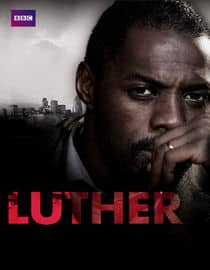- The disabled person as pitiable or pathetic
- An object of curiosity or violence
- Sinister or evil
- The super cripple
- As atmosphere
- Laughable
- His/her own worst enemy
- As a burden
- As non-sexual
- Unable to participate in daily life
In this clip the firs representation of the disabled character is 'laughable'. The other character is discussing his feeling towards another girl and the disabled character is responding with immature gestures and remarks. Firstly, he says "I think you fancy her" which is something that you would expect from a young child, supporting the idea that his character is represented as laughable. He then gestures by raising his eyebrows which is another sign of his immaturity. The other character laughs at this which supports the representation of his 'laughable' character. He then goes on to mention the girl that he "fancies". Again, this is an immature term to use and we would expect different wording from someone else. Next, he says "we have done kissing". Firstly, this isn't proper English, and we see an example of him not being able to support a sophisticated conversation. Secondly, this is another example of his immaturity. From someone his age we would expect him to talk about about his girlfriend with more respect an maturity. When the disabled character admits he was punched by his girlfriend's ex-boyfriend, we are introduced with a new representation of his character; pitiable. This representation is continued as we see the disabled character ask "What's sex like?". We already know he is seeing someone and so we feel sorry for him because we now know he hasn't had sex with her yet. We do not know why this is but we do know that it is because of his girlfriend, we know this because he is curious about sex so we can assume that he desires to experience it. This is a good example of the disabled being represented as 'non-sexual'. The other character shows pity towards the disabled character because he tells him that he is being nosy, but he also laughs; showing the disabled character that he doesn't mean anything sinister by it. If this remark was made by an able-bodied character then he would've acted differently, maybe by telling him to mind his own business or by getting angry.
In this clip, we see the disabled character become angry that his brother is patronising him by pretending everything is okay, when really, he feels anger towards his "incurable disease". This is an example of the representation of the disabled being his/her own worst enemy. It is also an example of the disabled being shown to not be able to participate in everyday life. This is shown because he is unable to perform a simple task such as shopping without becoming angry. Later on in the clip, we see the disabled character having to be helped to the toilet. This combines multiple representations of the disabled: not being able to participate in everyday, pitiable or pathetic, laughable and the super cripple. He is unable to perform basic tasks as he is being helped to the toilet, he is pitiable and pathetic because he has lost his dignity, and he is laughable because he is being shown as embarrassing and awkward. The pathetic representation is continued when the disabled character admits he needs to hire a carer. This must be a hugely embarrassing thing for him to admit to and would make him feel ashamed. He then goes on to admit that "this disease is winning"; which bring empathy from the audience plus the usual pity and embarrassment.
In my opinion, the disabled are shown in a negative light within television drama's and they tend to stick the the representations and stereotypes audiences have become accustom to seeing on TV.










